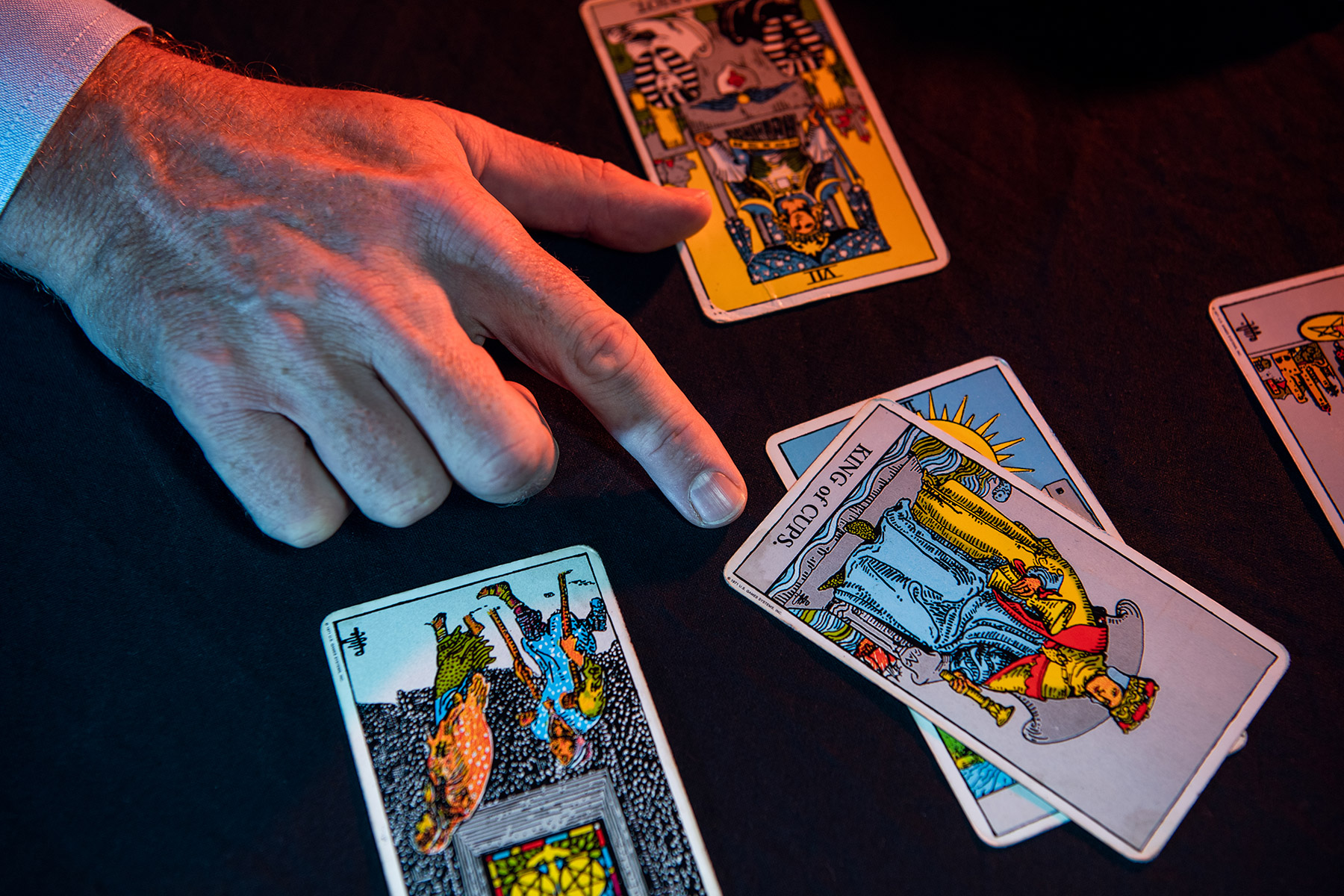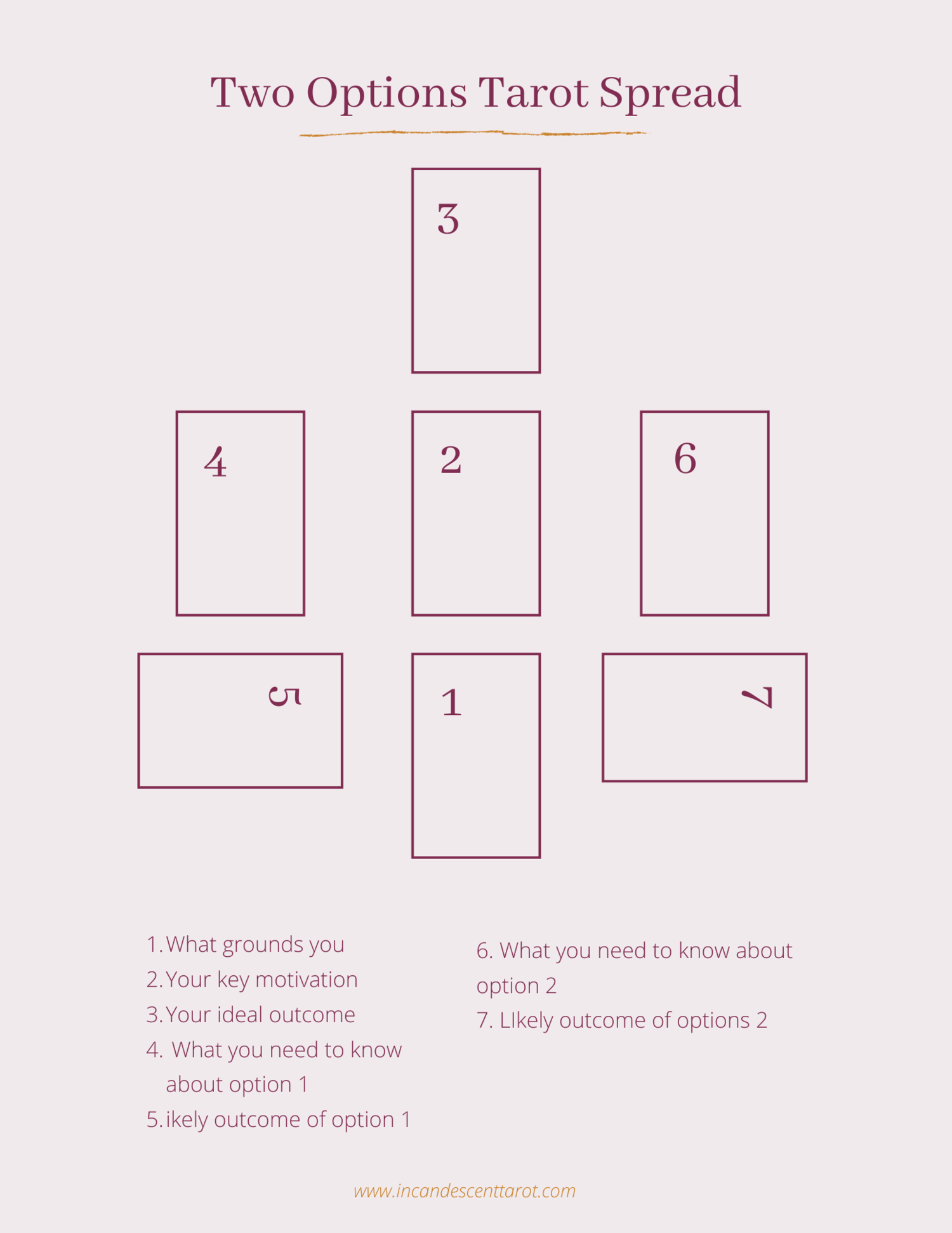
Among the many tarot card meanings are those related to reversals. These cards have a reversed view of the upright card in order to emphasize the basic meaning. The reversals are a great way to reveal deeper and more specific meanings. Reversals can help you see where there are opportunities for positive change. These reversals often serve to answer yes or not questions. Reversed Tarot cards can be confusing. You need to trust your intuition.
Lovers reversed is a card which represents self-love as well as respect for one's self. It can be a sign that a relationship is positive, but it could also signal discord or conflict between partners. In its reversed form, it indicates that two individuals are not compatible or can't see eye to face. It also warns against making decisions based upon the expectations of others. It is an opportunity to take responsibility and make your own decisions.

Lovers Reversed is an excellent card to bring up when you have to make a difficult decision. This card is reversed to indicate that the situation is not right. You might be stubborn or unwilling to listen to others' suggestions. If this is the case, you might be stubborn and unwilling to listen.
The Nine of Swords card is another example of a reversal. This card signifies that you must move past negative thoughts in order to find calmer waters. It can also be a sign that you are moving on from stressful situations. However, it can also mean that you are going through a nightmare.
The Emperor reversed card can also be a sign of someone in your lives who is becoming too much for you. It can also indicate someone in your circle who is capable of giving you wisdom. It could also be a reference to an older man in one's life. The Emperor in reverse can be a sign of frustration with your job.
Another card that could be used to indicate your unconscious thoughts is the Page of Pentacles. In its reversed form, this card depicts a man holding an empty coin. However, he doesn't seem to be able to focus or concentrate. This is an excellent way to connect the unconscious and conscious minds. This card can also represent waste, carelessness and lack of ambition.

The Reversed Hir Priestess is an example of a card which has the ability show a lot in its reversed format. The card is upright and represents spirituality and caring for others. It can also be reversed to indicate a lack in direction or lack of feeling. It could also signify that you are missing out a new level or understanding.
FAQ
Can I make money by my hobby?
Many hobbies can lead to making extra cash.
You might consider selling items that are related to your hobby if you are passionate about it.
If you're a collector of stamps, you may be interested in establishing a website to sell them.
This will allow you to earn additional income without having go through the hassles of buying and selling stamps.
Another option would be to create a YouTube channel where you talk about your hobby.
This allows one to share their passion with others, potentially generating additional revenue through the offering of premium content.
What's a hobby?
Any activity that kids enjoy as a hobby is something they do outside of the normal routine. You might find them interested in drawing, building things, painting, writing stories, playing with toys, listening to music, reading books, watching TV, and playing computer games. They may also like to play soccer, football, basketball, cricket, rugby, baseball, and hockey.
Many parents are concerned that their children may get into trouble if allowed to do as they please. It is not true. Your child won't get in trouble if they are safe and don't do any harm to anyone.
It's important for people to understand that just because they like something doesn't necessarily mean they'll choose it all the time. They might decide to draw instead of write if they enjoy drawing pictures.
There are many hobbies available, so you can choose the one you like best.
What are some good hobby ideas?
Hobby Ideas that are great for people who enjoy teaching others.
Hobbies allow you to enjoy what you love while also learning new things.
There are many hobbies. But they all share similar characteristics. These are fun, easy activities that cost little and don't take too much effort.
These include working with others to teach someone how to use an instrument or build an airplane.
Although you might not consider yourself a teacher, there are likely things you can do to help others learn.
If you're looking for more creativity in your life, think about starting a hobby so you can share your talents with others.
Statistics
- I am 100% biologically a woman (discover.hubpages.com)
- A new survey by Pew Research Center of teens ages 13 to 17 finds that 36% of girls feel tense or nervous about their day every day; 23% of boys say the same. (pewresearch.org)
- The intensity of the dialogue partners' bond at the end of the forty-five-minute vulnerability interaction was rated as closer than the closest relationship in the lives of 30 percent of similar students. (time.com)
- Almost 80% of people claim to have no hobby. (hobbylark.com)
- Studies show that just six minutes of reading can reduce stress levels by 60 percent. (oberlo.com)
External Links
How To
How to get started gardening
Gardening has been around since the dawn of agriculture. It requires patience, persistence and determination. The first step to starting a garden is to pick a spot where you will grow food. This could be on a large piece of land or in your backyard. Next, choose what kind of plants you would like to grow. Are you more fond of flowers or vegetables? Some people enjoy growing herbs while others love raising livestock such as rabbits. Before you decide which crops you will plant, consider the amount of space you have. You might consider growing berries or fruits if you live in a cold climate.
Once you have chosen what you will be planting, you must take some time to prepare your soil. How your plants perform is dependent on how well the soil you use. Organic matter is essential for the health and well-being of your plants. Organic matter can include leaves, twigs and grass clippings as well as manure and compost. After you have prepared the soil, you will need to add nutrients. Depending on the type of plants you plan to grow, you may need different amounts of nitrogen, phosphorus, potassium, calcium, magnesium, boron, zinc, copper, manganese, iron, molybdenum, chlorine, sulfur, sodium, and so on. To determine these values, you can use a fertilizer calculator online. There are many fertilizers on the market, so ensure you understand what you are buying.
Now, wait for your seeds to germinate after you have prepared your soil and added the necessary nutrients. The process takes between 2 weeks and 3 months depending upon the climate in your area. Once the seeds have sprouted you will need to water them often. Watering your plants too little or too often can cause problems. Make sure to give your plants water at regular times and not overwater. Overwatering can cause root rot or fungal diseases. Remember that plants need less water in the summer than they do in the winter. Some plants must be dried out after being watered. Tomatoes, for example, need to be kept moist but not too wet. They won't tolerate soggy soil. After they have finished flowering, they must go dormant. Plants go dormant when they stop producing new growth and instead store energy for next year's harvest. Dormancy means that the plant stops communicating with its roots about producing food. Plants continue to store energy throughout this period. However, the plant will die if temperatures drop below freezing or there is insufficient sunlight.
Living in urban areas may restrict the types of plants you can plant. Concrete sidewalks, roads and buildings are common in urban areas. They block sunlight from reaching the ground. Concrete absorbs sunlight and blocks the soil below from receiving adequate sun exposure. Many plants are unable to survive in urban areas due to the lack of sunlight. Fortunately, there are still many plants that can thrive in an urban environment. Many trees, perennials, shrubs, as well as shrubs can be adapted to urban living. In addition, many annuals can be grown indoors in containers. Container gardens can be used to grow greenery indoors year-round, no matter what the weather outside.
You are now ready for planting!